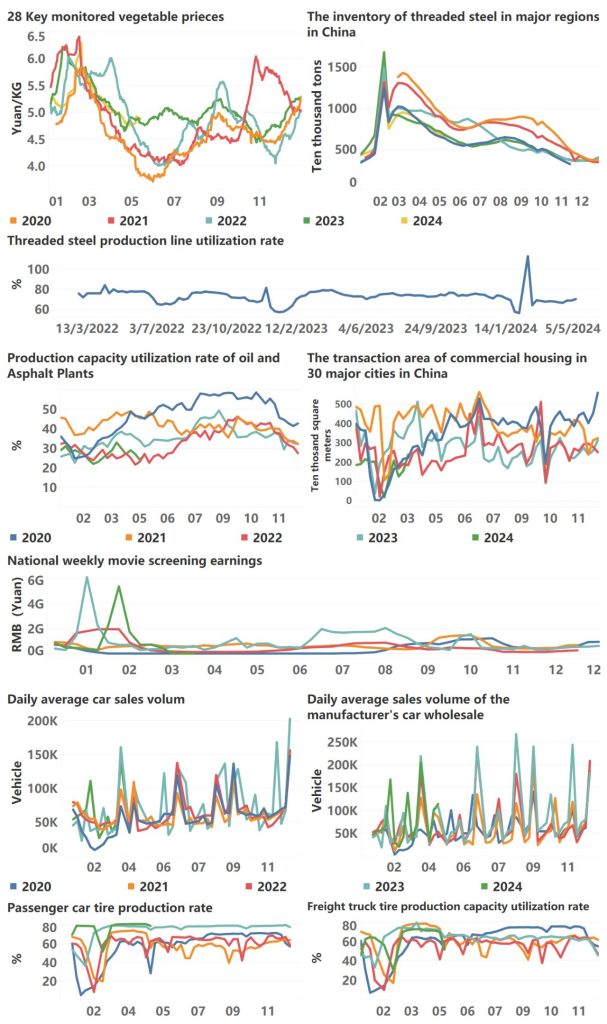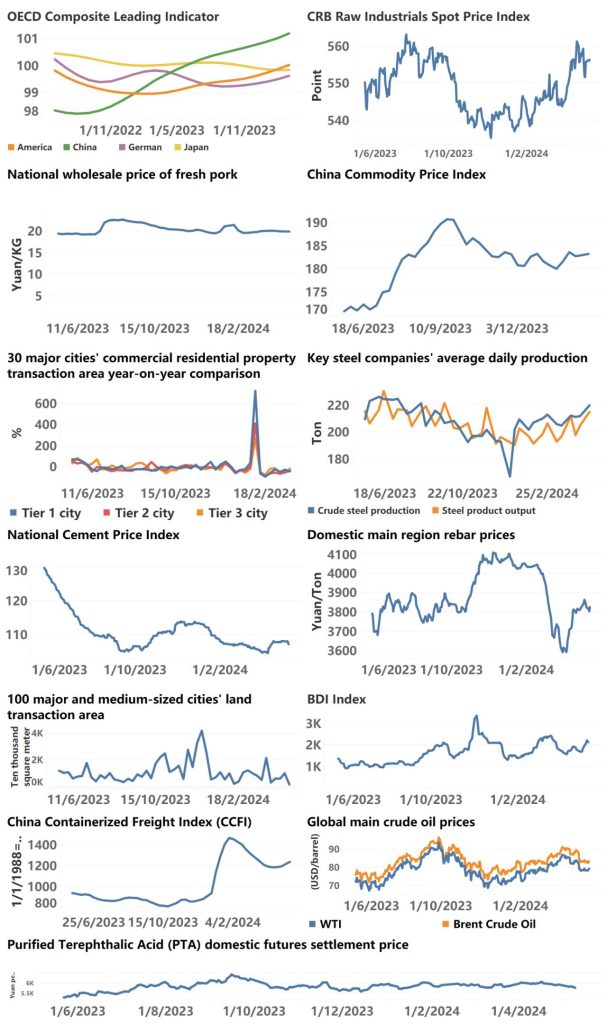Can Re-lending Spark New Growth?
On May 17, amidst the current economic climate, real estate policies were rapidly introduced: reduction in housing provident fund loan interest rates, lowering of down payment ratios for first homes to 15%, and removal of the lower limit on interest rates for first and second homes. By the morning of the 17th, the market had already communicated the spirit of the real estate video conference; in the afternoon, the State Council Information Office held a policy briefing to announce related real estate policies. At the briefing, the People’s Bank of China (PBOC) declared the establishment of a 300 billion yuan re-lending program to support local acquisitions of existing residential properties and the construction of affordable housing. The 300 billion yuan re-lending rate is set at 1.75%, with the possibility of four annual extensions, potentially leveraging 500 billion yuan by covering 60% of the loan principal.
When Jinan and Zhengzhou disclosed pilot projects for acquiring existing residential properties for affordable housing construction with the PBOC’s support, we highlighted in our report “A Structural Monetary Policy of 100 Billion Yuan Indicates the Bottom of This Cycle” that achieving the goal of stabilizing the housing market through stock property acquisition might require over one trillion yuan. The 300 billion yuan leveraging 500 billion yuan is very positive, but further developments need to be monitored. Based on the implementation details and the experience of Hangzhou, this 500 billion yuan was largely spent on unsold stock properties constructed by developers, mainly in whole buildings, with purchases directed by state-owned local commercial institutions designated by the central bank, explicitly excluding urban investment companies.
From a commercial profitability perspective, state-owned local commercial institutions, by obtaining high-quality rental properties through low-interest loans, revitalized local fixed assets and generated cash income, resulting in high local enthusiasm. It is anticipated that this policy will be rapidly expanded with minimal resistance. Once this 500 billion yuan enters the market, the initial impact could provide some support for real estate transaction prices, subsequently aiding developers in meeting housing delivery commitments. However, to significantly boost overall real estate data, 500 billion yuan is far from sufficient, and this is likely just the beginning.
In response to this news, the real estate sector experienced a rapid uptick on the same day, suggesting a slight increase in positions might be prudent. However, it is important to note that, based on social financing data, the precautionary saving tendency among residents and enterprises remains high, and liquidity in the securities market remains tight, as evidenced by the tightened IPO pace observed from the China Securities Regulatory Commission. In our previous reports, we indicated that using central bank re-lending to drive local commercial property purchases could stabilize the real estate market. From a policy cost and long-term perspective, the central bank’s re-lending must remain non-loss-making. Although the risks of this re-lending tool are not yet evident, if the value of purchased commercial residential properties continues to decline, commercial banks in the middle could face bad debt issues.
Global Outlook Remains Challenging
In the week of May 13-17, global stock markets experienced gains, with commodities showing an upward trend. Notably, the Hang Seng Index led global indices, approaching the 20,000 mark, while the Dow Jones surged past 40,000. Investors who adopted a left-side buying strategy saw considerable returns. This week was pivotal for data disclosures, with two key indicators in our analytical framework:
- The U.S. April CPI year-over-year growth stood at 3.4%, compared to the previous 3.5%, meeting expectations, while the core CPI was 3.6%, down from the previous 3.8%, also in line with expectations.
- The year-over-year decline in prices of second-hand homes across 70 major Chinese cities in April hit a 24-month low.
These core data points highlight that the overall global outlook remains concerning. Firstly, although the slight decrease in the U.S. CPI has rekindled market expectations of a Fed rate cut in September, lowering overall U.S. interest rates and systemic financial risks, this trend appears temporary. It is becoming a market consensus that the U.S. CPI will remain high for an extended period. Despite the Fed’s repeated assurances of a stable long-term 2% inflation expectation, commodity traders are actively buying up base metals and gold, indicating a divergence in inflation expectations between the market and the Fed. This scenario clearly limits China’s monetary policy space, constraining room for rate cuts. Over the past 12 months, China’s monetary policy tools have primarily included reserve requirement ratio (RRR) cuts, structural rate cuts, and guiding long-term interest rates lower, including real estate rates, thereby providing liquidity to the economy. However, under the Fed’s influence, short-term rates have remained at 1.80%.
Secondly, the overall situation in China’s real estate sector continues to deteriorate. After stabilizing in Q4 2023, real estate investment and transaction prices have worsened in 2024. This decline has significantly impacted the down payment ratios of recent years, increasing the pressure on sales. Despite positive trends in the production sector, with April’s retail sales growth at 2.3% year-over-year, automotive consumption fell by 5.6%, indicating weak domestic demand as reflected by retail sales growth. Overall, the external financial environment remains tight, and internal demand continues to be weak. Despite the rapid gains in the A-share and Hang Seng markets, risks persist.
In summary, while recent data points to some positive market reactions, the underlying economic conditions suggest ongoing challenges both globally and domestically. Investors should remain cautious and stay alert to potential risks in the near term.




